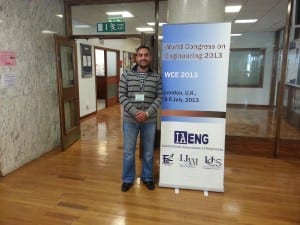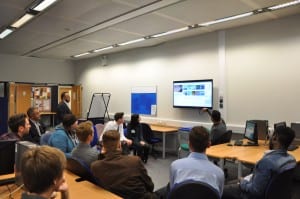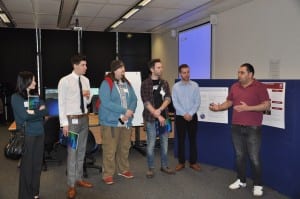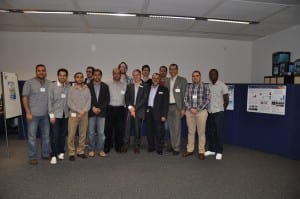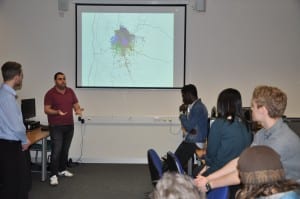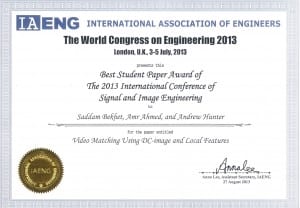Saddam Bekhet presented his accepted paper in “World Congress on Engineering 2013“.
The paper title is “Video Matching Using DC-image and Local Features ”
Abstract:
This paper presents a suggested framework for video matching based on local features extracted from the DC-image of MPEG compressed videos, without decompression. The relevant arguments and supporting evidences are discussed for developing video similarity techniques that works directly on compressed videos, without decompression, and especially utilising small size images. Two experiments are carried to support the above. The first is comparing between the DC-image and I-frame, in terms of matching performance and the corresponding computation complexity. The second experiment compares between using local features and global features in video matching, especially in the compressed domain and with the small size images. The results confirmed that the use of DC-image, despite its highly reduced size, is promising as it produces at least similar (if not better) matching precision, compared to the full I-frame. Also, using SIFT, as a local feature, outperforms precision of most of the standard global features. On the other hand, its computation complexity is relatively higher, but it is still within the real-time margin. There are also various optimisations that can be done to improve this computation complexity.
Well done and congratulations to Saddam Bekhet .
